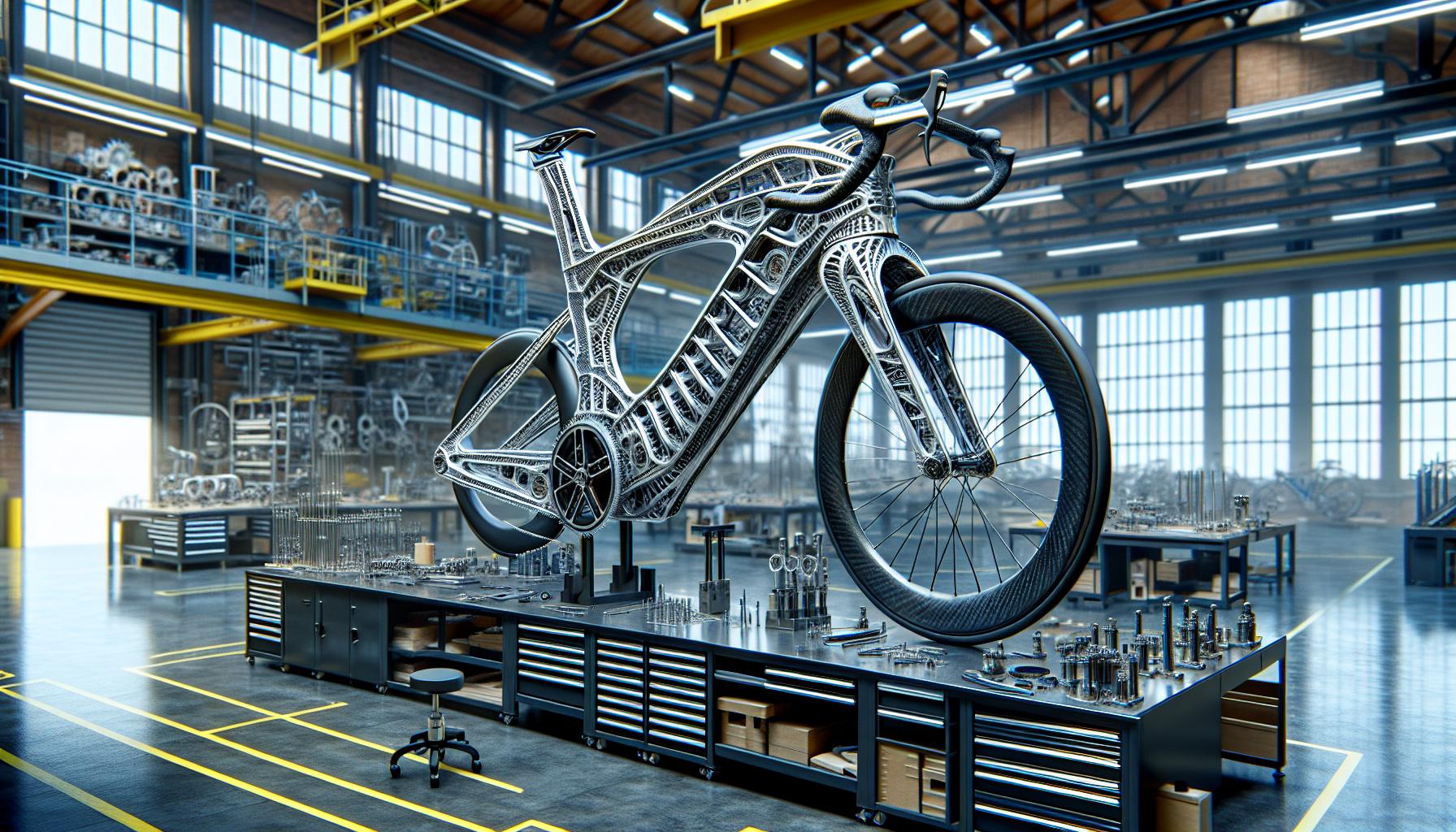Skeletal systems are fundamental to both biological organisms and engineered structures. The concept of duranceloskeletal merges durability with skeletal design, ensuring longevity and resilience in various applications. From the human body to cutting-edge architecture, understanding duranceloskeletal elements leads to innovations that withstand the test of time. This article explores the key aspects of duranceloskeletal design, its benefits, and the latest advancements shaping the future. By delving into the interplay between strength and flexibility, readers will gain insights into creating robust skeletal frameworks that perform reliably under stress. Whether you’re an engineer, biologist, or enthusiast, mastering duranceloskeletal concepts can significantly enhance your projects and designs.
Duranceloskeletal
Duranceloskeletal integrates durability with skeletal architecture, enhancing the longevity and resilience of both biological systems and engineered structures. This concept emphasizes the optimization of structural elements to withstand environmental stresses and functional demands over extended periods.Key Components
-
- Material Selection: Choosing materials with high resistance to wear, corrosion, and fatigue ensures sustained performance.
-
- Structural Design: Incorporating redundancy and fail-safes distributes loads effectively, reducing the risk of catastrophic failure.
-
- Flexibility Integration: Balancing rigidity with adaptability allows structures to absorb impacts and adjust to dynamic conditions.
Applications
-
- Biomedical Engineering: Duranceloskeletal principles improve prosthetics and orthopedic implants, enhancing their lifespan and functionality.
-
- Construction Industry: Buildings and bridges utilize duranceloskeletal designs to withstand natural disasters and heavy usage.
-
- Aerospace Engineering: Aircraft and spacecraft structures benefit from lightweight yet durable frameworks, ensuring safety and efficiency.
Benefits
-
- Enhanced Longevity: Structures maintain integrity and functionality over longer periods, reducing maintenance costs.
-
- Improved Safety: Robust designs minimize failure risks, protecting users and environments.
-
- Cost Efficiency: Durable systems lower lifecycle expenses by decreasing the need for frequent repairs and replacements.
Recent Advancements
-
- Composite Materials: Innovations in composite technology provide superior strength-to-weight ratios, crucial for duranceloskeletal applications.
-
- 3D Printing: Additive manufacturing enables the creation of complex, optimized skeletal structures that were previously unattainable.
-
- Smart Materials: Integration of materials that respond to environmental changes enhances adaptability and resilience.
| Application Area | Average Lifespan Increase | Cost Reduction (%) | Key Material Used |
|---|---|---|---|
| Biomedical Implants | 30 years | 20 | Titanium alloys |
| Construction Frameworks | 50 years | 25 | Reinforced concrete |
| Aerospace Structures | 40 years | 15 | Carbon fiber composites |
Key Features of Duranceloskeletal

Durability and Strength
Duranceloskeletal designs utilize high-strength materials such as carbon fiber composites and titanium alloys, offering exceptional resistance to fatigue and environmental stress. Structural optimization techniques, including advanced load distribution and reinforcement strategies, increase overall strength. For example, carbon fiber composites are widely employed in aerospace engineering due to their superior strength-to-weight ratio, enabling aircraft to withstand extreme conditions while maintaining lightweight structures.Flexibility and Adaptability
Flexibility in duranceloskeletal systems is achieved through the integration of adaptable joints and flexible materials like shape-memory alloys and polymers. These components allow structures to absorb and redistribute dynamic loads, enhancing resilience. Adaptive mechanisms, such as modular components and reconfigurable frameworks, provide versatility in applications like biomedical prosthetics and architectural designs. This adaptability ensures that duranceloskeletal systems can respond effectively to changing demands and environmental factors, maintaining functionality and extending lifespan.Applications of Duranceloskeletal
Duranceloskeletal principles are applied across various industries, enhancing the longevity and functionality of structures and systems. These applications leverage the balance between strength and flexibility to meet specific operational demands.Industrial Uses
In construction, duranceloskeletal designs optimize building frameworks to withstand environmental stresses such as earthquakes and high winds. Steel-reinforced concrete and carbon fiber composites are commonly used materials, providing superior durability and flexibility. Manufacturing facilities integrate duranceloskeletal systems in machinery and equipment, ensuring resilience against continuous operational loads and reducing downtime. Additionally, the automotive industry employs these principles in vehicle chassis and body structures, enhancing crash resistance and overall vehicle lifespan. Energy infrastructure, including wind turbines and pipelines, utilizes duranceloskeletal architecture to ensure reliability and efficiency under fluctuating conditions.Medical and Healthcare
Duranceloskeletal concepts play a crucial role in biomedical engineering, particularly in the design of prosthetics and orthopedic implants. High-strength materials like titanium alloys and carbon fiber composites are used to create prosthetic limbs that offer both durability and flexibility, improving patient mobility and comfort. In surgical implants, duranceloskeletal structures provide stability and longevity, reducing the need for frequent replacements. Additionally, wearable medical devices incorporate these principles to ensure they withstand daily wear and tear while maintaining functionality. Research in tissue engineering also benefits from duranceloskeletal designs, enabling the development of scaffolds that support cell growth and mimic the mechanical properties of natural bone.Advantages Over Traditional Systems
Duranceloskeletal systems provide significant benefits compared to conventional structural designs:-
- Enhanced Longevity
-
- Improved Safety
-
- Cost Efficiency
-
- Lightweight Design
-
- Adaptability and Flexibility
-
- Environmental Resistance
-
- Reduced Maintenance
-
- Energy Efficiency

